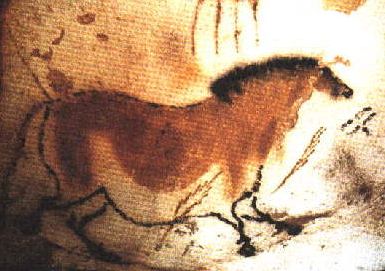 |
 |
| Lascaux, France (15,000-13,000) |

 |
 |
 Paleolithic (Old Stone Age) Art, 35,000-10,000/8,000 B.C. Paleolithic (Old Stone Age) Art, 35,000-10,000/8,000 B.C.
|
 |
 Protoliterate Sumer, 3500-3000 Protoliterate Sumer, 3500-3000
|
 |
 (Note: The chronology of ancient Egypt varies, sometimes considerably, from scholar to scholar and from book to book; the following is just one of many plausible schemes, and may not exactly correspond with every date given in your texts. You should, in any case, concentrate less on the year dates for individual monuments than on their period or Kingdom and Dynasty) (Note: The chronology of ancient Egypt varies, sometimes considerably, from scholar to scholar and from book to book; the following is just one of many plausible schemes, and may not exactly correspond with every date given in your texts. You should, in any case, concentrate less on the year dates for individual monuments than on their period or Kingdom and Dynasty)
|
 |
|
 |
 The Greek Dark Age (1100-760 B.C.) The Greek Dark Age (1100-760 B.C.)
|
 |
 Etruscan Art and Architecture Etruscan Art and Architecture
|

 |
 |
 |
 |
 |
Web site created by Stephanie Struble for Jeffrey Hurwit,
"History of Western Art" (ArH 204), Fall 2002, Department of Art History, University of Oregon.
* Images linked from this page are Copyright 1999, Jeffrey Hurwit